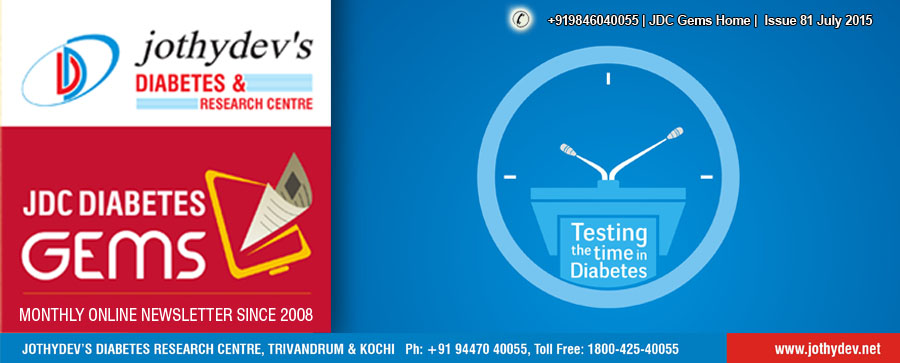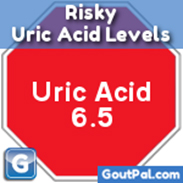
1. High uric acid levels and kidney disease in diabetes
![]()
 Increased uric acid levels were correlated with decreased HbA1c and increased prevalence of diabetic kidney disease, reported a Chinese study published on PLOS ONE.
For the study, researchers enrolled 3,212 type 2 diabetes patients. Of that 18.7% had hyperuricemia—researchers found that the prevalence of diabetic kidney disease (DKD) was significantly higher in patients with hyperuricemia than in those with normal uric acid levels (68.3 vs. 41.5%).
Furthermore, elevated serum uric acid levels were correlated with increased BMI, systolic blood pressure, diastolic blood pressure, microalbuminuria, creatinine, and triglycerides (p<0.0001). LDL-c and HDL-c were also elevated in patients with hyperuricemia, but eGFR and HbA1c were decreased (p<0.0001).
Increased uric acid levels were correlated with decreased HbA1c and increased prevalence of diabetic kidney disease, reported a Chinese study published on PLOS ONE.
For the study, researchers enrolled 3,212 type 2 diabetes patients. Of that 18.7% had hyperuricemia—researchers found that the prevalence of diabetic kidney disease (DKD) was significantly higher in patients with hyperuricemia than in those with normal uric acid levels (68.3 vs. 41.5%).
Furthermore, elevated serum uric acid levels were correlated with increased BMI, systolic blood pressure, diastolic blood pressure, microalbuminuria, creatinine, and triglycerides (p<0.0001). LDL-c and HDL-c were also elevated in patients with hyperuricemia, but eGFR and HbA1c were decreased (p<0.0001).
![]() These findings remained significant after classification by gender. The increased prevalence of DKD in patients with high versus normal uric acid was more pronounced in male than female patients. Given that hyperuricemia is a risk factor for type 2 diabetes, the inverse correlation between uric acid and HbA1c seems counterintuitive. Increased glycosuria can lower serum uric acid by decreasing uric acid reabsorption. Therefore, a decrease in blood glucose could reduce glycosuria, thus increasing the reabsorption of uric acid and inducing hyperuricemia.
These findings remained significant after classification by gender. The increased prevalence of DKD in patients with high versus normal uric acid was more pronounced in male than female patients. Given that hyperuricemia is a risk factor for type 2 diabetes, the inverse correlation between uric acid and HbA1c seems counterintuitive. Increased glycosuria can lower serum uric acid by decreasing uric acid reabsorption. Therefore, a decrease in blood glucose could reduce glycosuria, thus increasing the reabsorption of uric acid and inducing hyperuricemia.
![]() The study led by Dandan Yan, MD and team concludes that hyperuricemia is a risk factor for DKD. Serum uric acid levels within the high-normal range are independently associated with DKD.
The study led by Dandan Yan, MD and team concludes that hyperuricemia is a risk factor for DKD. Serum uric acid levels within the high-normal range are independently associated with DKD.
Read More
For enquiries info@jothydev.net.
Please visit: jothydev.net | research.jothydev.com | diabscreenkerala.net | jothydev.com/newsletter
